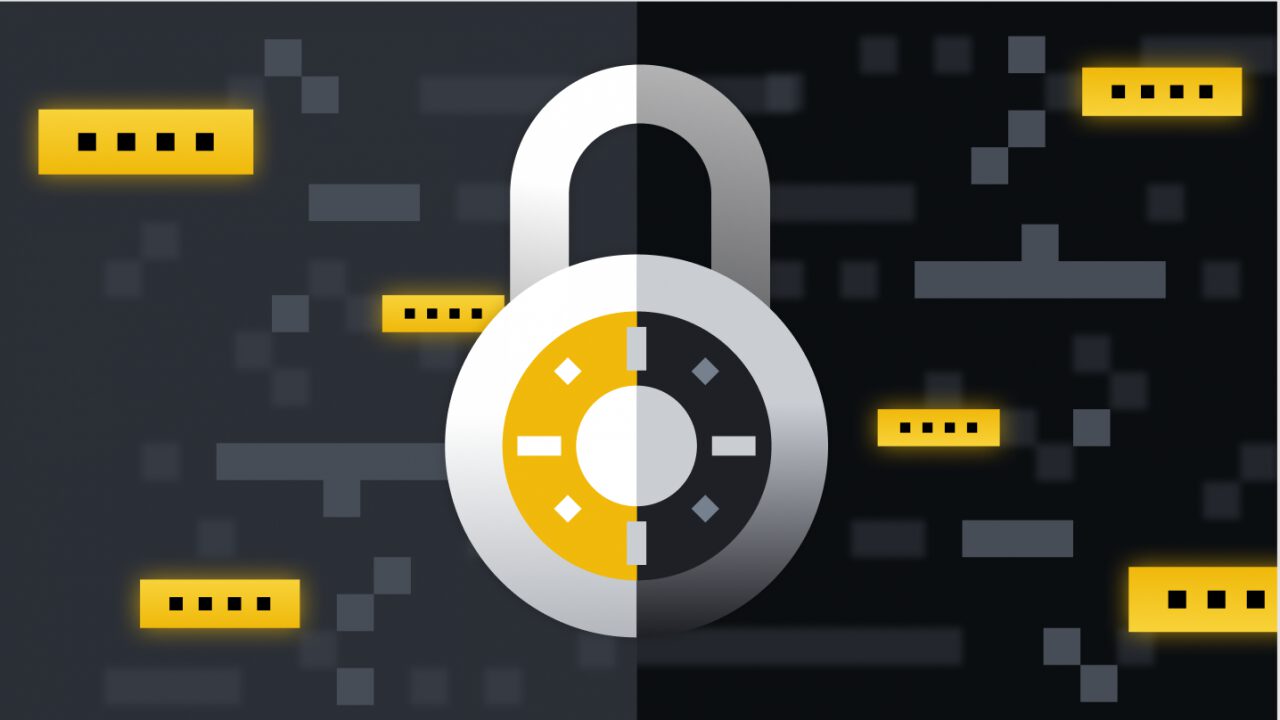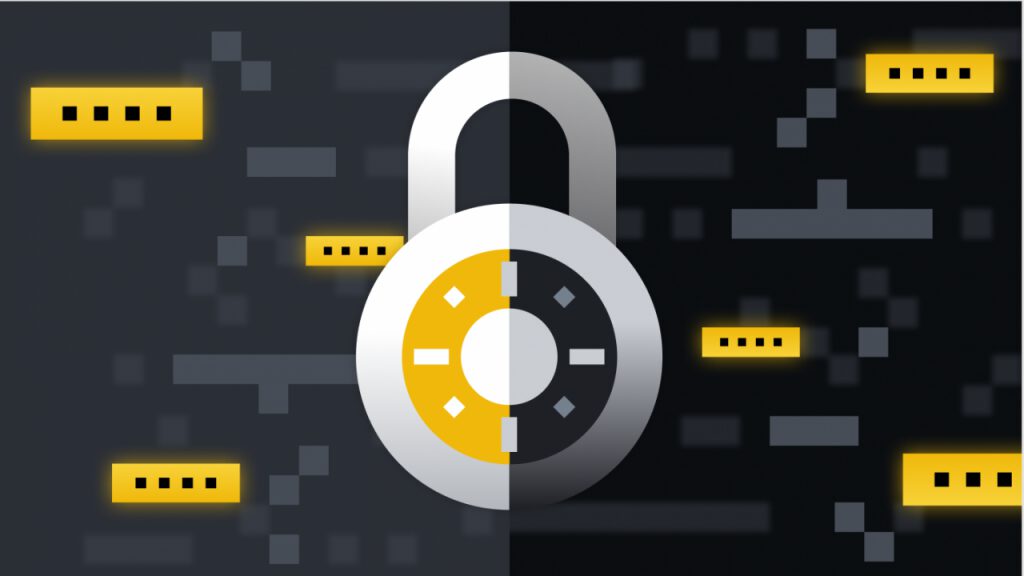
sponsored
Nested exchanges are becoming a popular tool for money launderers. Learn all about nested exchanges/services and what we’re doing to combat them as well as how to avoid them and why accounts get blocked or frozen because of them.
Main Takeaways:
- A nested exchange provides crypto trading services through an account or wallet on an existing host exchange.
- Nested exchanges are attractive crypto platforms for money launderers looking to bypass KYC and AML requirements.
- In this article, you’ll learn how to avoid nested exchanges, the common security issues and how we combat this problem at Binance.
A new trend is emerging in the world of cryptocurrencies, and it’s not pretty. They’re called nested exchanges, and it’s the latest vehicle of choice for money launderers worldwide. In short, a nested exchange provides crypto trading services through an account or wallet on an existing host exchange. The nested exchange typically operates in secret and is rarely associated with the host exchange. So why do people use them?
Some users prefer nested exchanges because they enforce minimal know-your-customer (KYC) and anti-money laundering (AML) requirements. Perhaps they live an anonymous life off the grid, or even worse, they’re up to something nefarious. More often than not, it’s the latter situation. Here’s how nested exchanges work:
- Person A visits a nested exchange and decides to trade ETH for BTC
- Person A deposits the ETH on the nested exchange.
- The nested exchange sends the ETH to their account/wallet on the host exchange to complete the conversion.
- The nested exchange returns the newly-converted funds to person A and the trade is complete.
However, the lax requirements make this process a very appealing gateway for bad actors looking to cover the tracks of their illegally-acquired funds and bypass requirements on centralized exchanges, like Binance. In this article, you’ll learn how to avoid nested exchanges, the common security issues and how we combat this problem at Binance.
How to Avoid Nested Exchanges
Nested exchanges can look just like your traditional crypto exchange. Some may have a false user interface, but this is less common. Users will typically know what nested service they’re using, but most won’t see or know the host exchange it’s operating on. If you want to avoid nested exchanges and all the associated risks, we recommend using a regulated, centralized exchange or a nested service that is legally compliant with proper KYC and AML procedures.
It’s a telltale warning sign if your crypto exchange requires little to no verification checks or trading limits. If you suspect your provider is a nested exchange, you can always use a blockchain explorer to track if your funds came from a wallet on another exchange.
Security Issues
The significant risks with these services are the lack of supervision from the host exchange. Remember, by putting the complete trust of your funds in an exchange with minimal security, you are also taking on more considerable risk. Bad actors deliberately use these services to avoid the AML/KYC procedures at the host services. Even if you’re using a nested exchange for your day-to-day crypto trading, you may unintentionally be funding criminal and terrorist activities. In that case, the nested exchange could be subject to law enforcement takedowns. Your funds could be confiscated or blocked indefinitely, depending on the jurisdiction and duration. In the event that law enforcement has reason to believe that a nested exchange is conducting an unlawful operation, and is able to take legal action against it, the service, and it’s assets, may be frozen and/or seized. There are several reasons why law enforcement may take this action, but the user-side concern should be that their funds can end up being irrecoverable due to the legal action against a service. Even when they are recoverable, the effort could be burdensome in regards to time and financial resources.
How Binance Combats Nested Exchanges
In most cases, the host exchange compliance staff will contact customers regarding exposure to a nested exchange. Of course, this applies to many other situations besides just nested exchanges. If this happens to you, work with compliance to provide any requested documentation and answer all the questions truthfully. At Binance, we regularly audit our business and personal accounts that appear to be operating a business. These audits include risk scoring and analyzing the flow of funds. We’ve also recently implemented TRM Labs Chain Analyzer, an industry-leading security tool that identifies nested services living inside a macro exchange.
If a nested service seems to be acting in bad faith, appropriate action will be taken, including offboarding and law enforcement and regulatory notification. Currently, nested exchanges are very popular in Ukraine and Russia, which have the largest concentration of money laundering per geographic region of all customers. Just recently, we de-platformed multiple accounts associated with Suex.io, an illegally-operating Russian cryptocurrency exchange, and shared all relevant information with the appropriate authorities.
As an industry leader, we have a responsibility to combat bad actors and safeguard the crypto ecosystem. While we do our best to spot and flag nested exchanges on our platform, these accounts don’t always declare their status as a nested exchange. We recommend that our users follow best security practices, trade on KYC and AML-compliant exchanges, and look for nested exchange-red flags.
This is a sponsored post. Learn how to reach our audience here. Read disclaimer below.
Image Credits: Shutterstock, Pixabay, Wiki Commons
Disclaimer: This article is for informational purposes only. It is not a direct offer or solicitation of an offer to buy or sell, or a recommendation or endorsement of any products, services, or companies. Bitcoin.com does not provide investment, tax, legal, or accounting advice. Neither the company nor the author is responsible, directly or indirectly, for any damage or loss caused or alleged to be caused by or in connection with the use of or reliance on any content, goods or services mentioned in this article.
Read disclaimer


